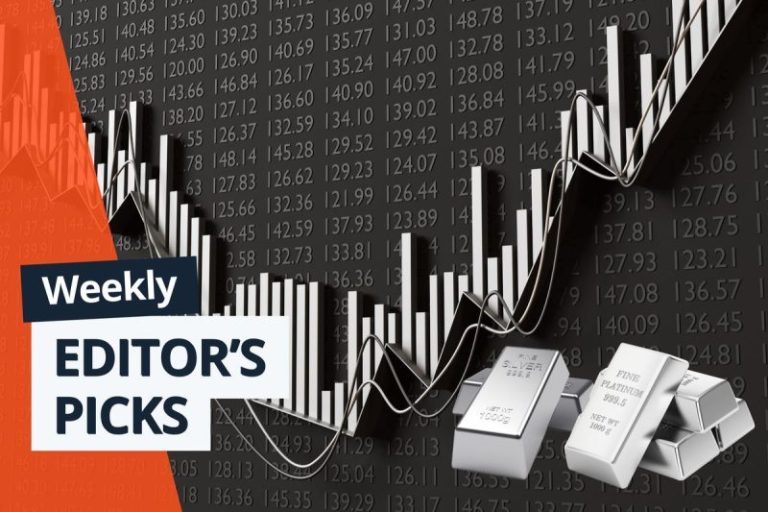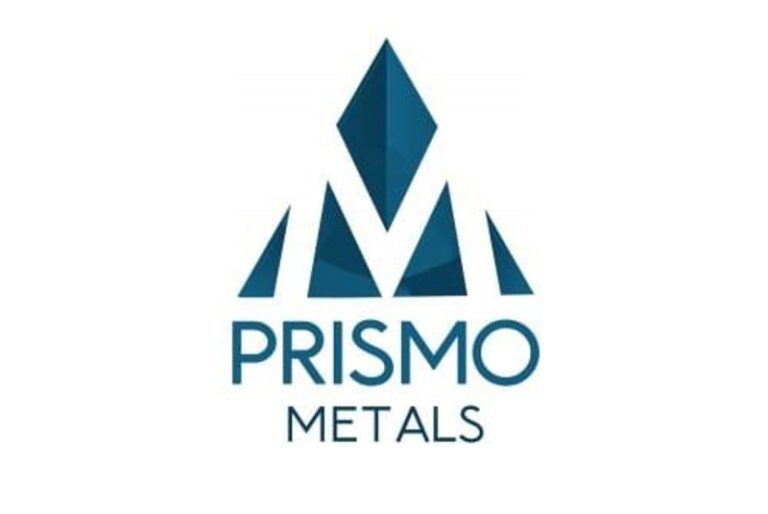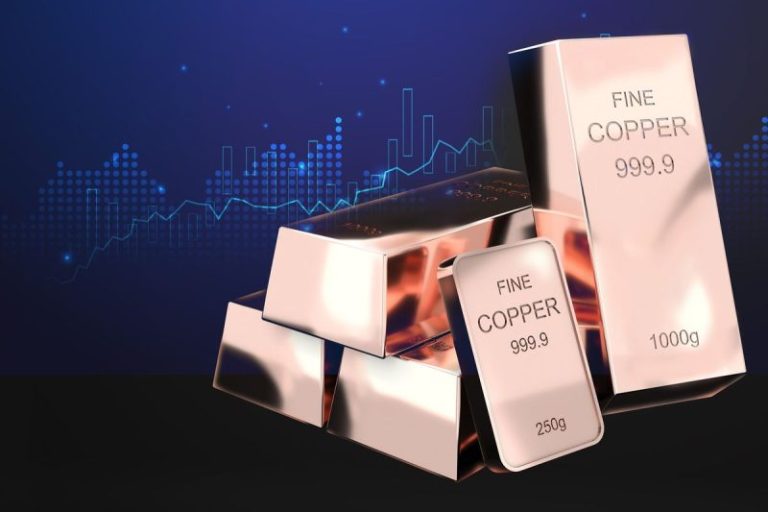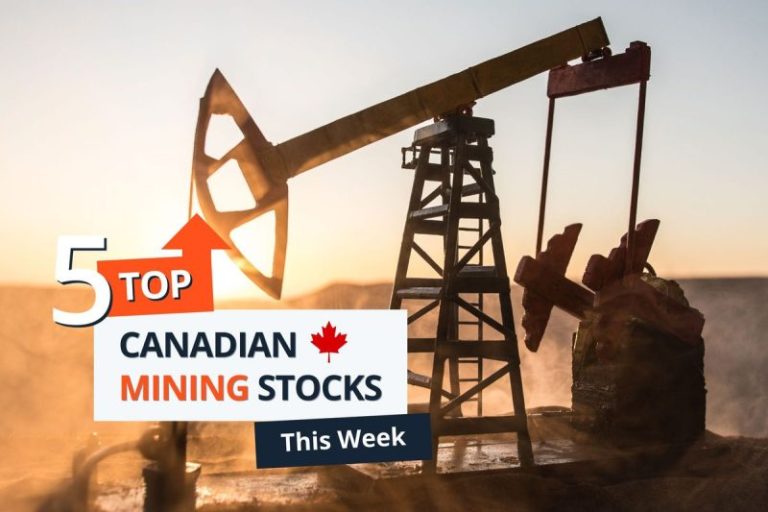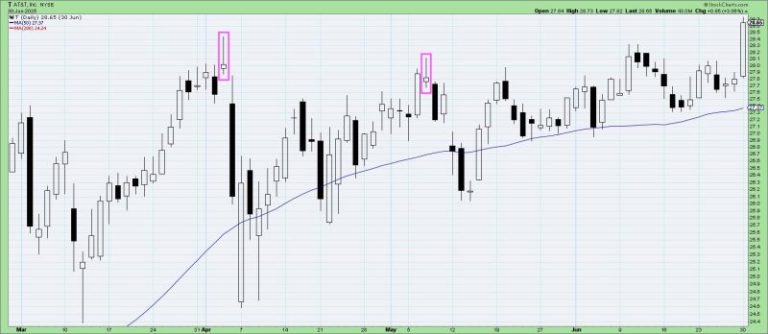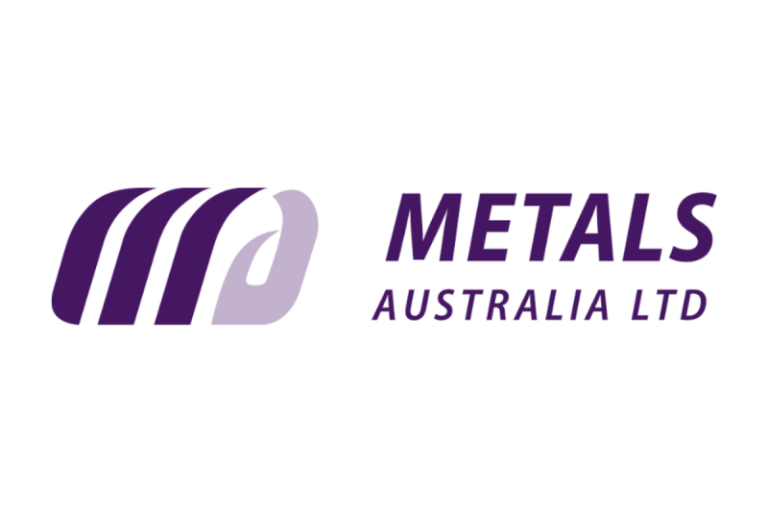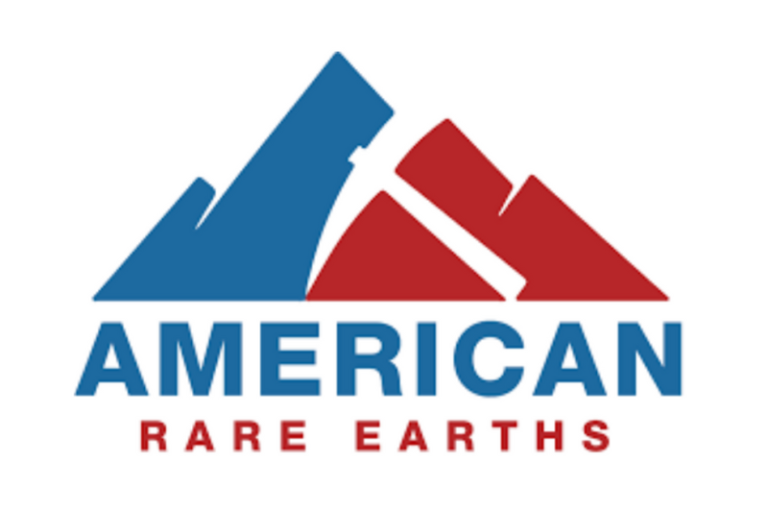Statistics Canada released June’s consumer price index (CPI) data on Tuesday (July 15). The report showed that year-over-year inflation gained momentum during the month, rising to 1.9 percent from the 1.7 percent recorded in May.
The increase was attributed in part to the 13.4 percent year-over-year decline in gas prices seen in June, as it was a smaller drop than May’s 15.5 percent decrease caused by the removal of the consumer carbon tax.
Other factors contributing to the rise included a 2.7 percent increase in durable goods, with passenger vehicles posting the largest gains at 4.1 percent. Grocery prices also increased 2.8 percent, although they eased off from a 3.3 percent increase in May.
While economists had predicted a larger 2 percent rise in CPI, the figures still make it unlikely that the Bank of Canada will cut its benchmark rate at its next meeting on July 30. Canada’s central bank has cut its interest rates seven times since June 2024, lowering it from 5 percent to 2.75 percent in March.
South of the border, the US Bureau of Labor Statistics also released its June CPI data the same day, reporting year-over-year growth of 2.7 percent, sharply up from the 2.4 percent gain posted in May. On a monthly basis, CPI rose 0.3 percent, also higher than May’s 0.1 percent.
Analysts have attributed the gain to an increase in prices resulting from US President Donald Trump’s tariff policy, as vendors restocked shelves with inventories purchased after tariffs were applied.
Goods and services increased across the board, except for new and used vehicles, which declined by 0.3 percent and 0.7 percent on a monthly basis. Energy rose 0.9 percent, including a 1 percent increase in gasoline prices, a reversal from May’s energy and gas price decreases of 1 percent and 2.6 percent respectively.
The data will likely play a role in what the US Federal Reserve decides during its next rate meeting on July 29 and 30. Economist consensus is that the central bank will continue to hold at the current 4.25 to 4.5 percent range.
Markets and commodities react
In Canada, equity markets were mostly positive this week. The S&P/TSX Composite Index (INDEXTSI:OSPTX) gained 1 percent to close at 27,314.01 on Friday (July 18) and set a new all-time high during the week. The S&P/TSX Venture Composite Index (INDEXTSI:JX) fared even better this week, gaining 2.53 percent to 797.75. However, the CSE Composite Index (CSE:CSECOMP) fell 2.6 percent to 126.84.
As for US equity markets, the S&P 500 (INDEXSP:INX) gained 0.66 percent to close Friday at 6,296.78 and the Nasdaq 100 (INDEXNASDAQ:NDX) climbed 1.35 percent to 23,065.47, with both also setting new record highs during the week. On the other hand, the Dow Jones Industrial Average (INDEXDJX:.DJI) fell 0.1 percent to 44,342.20.
In precious metals, the gold price rose 0.78 percent over the week to US$3,349.66 by Friday at 5 p.m. EDT. Meanwhile, the silver price continued to trade near 11-year highs, climbing 3.13 percent on the week to US$38.15 per ounce.
In base metals, copper ended the week were it started out, but was still trading near all time highs at US$5.60 per pound. The S&P GSCI (INDEXSP:SPGSCI) posted a 1.26 percent gain to finish the week at 551.61.
Top Canadian mining stocks this week
How did mining stocks perform against this backdrop?
Take a look at this week’s five best-performing Canadian mining stocks below.
Stock data for this article was retrieved at 4 p.m. EDT on Friday using TradingView’s stock screener. Only companies trading on the TSX, TSXV and CSE with market capitalizations greater than C$10 million are included. Mineral companies within the non-energy minerals, energy minerals, process industry and producer manufacturing sectors were considered.
1. Altima Energy (TSXV:ARH)
Weekly gain: 97.96 percent
Market cap: C$43.99 million
Share price: C$0.97
Altima Energy is a light oil and natural gas exploration and development company with operations in Alberta, Canada.
Its primary asset is the Richdale property in Central Alberta. The property consists of five producing light oil wells and sits on 5,920 acres of long-term reserves. The property hosts combined proved and probable reserves of just under 2 billion barrels of oil equivalent, with a pre-tax net present value of C$25.8 million.
The company also owns two wells at its Twinning light oil site near Nisku, seven producing wells at its Red Earth property in Northern Alberta and two multi-zone wells at its Chambers Ferrier liquid gas production property.
Shares in Altima started to gain after it released news on July 8 that it had completed a private placement for proceeds of up to C$5.5 million. Under the terms of the deal, the company will issue 20 million units at C$0.275 per unit, which each include one common share and one warrant allowing the holder to purchase a common share for C$0.40.
The company said that part of the proceeds would be used to complete field upgrades at its Red Earth and Richdale properties.
2. Kirkland Lake Discoveries (TSXV:KLDC)
Weekly gain: 81.82 percent
Market cap: C$11.26 million
Share price: C$0.10
Kirkland Lake Discoveries is a gold and copper exploration company focused on projects in its district-scale land package located in the Kirkland Lake area of Ontario, Canada.
Its holdings span an area of approximately 38,000 hectares in the Abitibi Greenstone Belt that has been host to past-producing gold and copper mines. It is broadly divided into KL West and KL East, which contain the Goodfish-Kirana and Lucky Strike gold projects, respectively, among others.
On April 29, the company announced it entered into a mining option agreement with Val-d’Or Mining (TSXV:VZZ) to acquire a 100 percent interest in the Winnie Lake and Amikougami properties, as well as mining claim purchase agreements with two vendors to acquire further claims around the Winnie Lake Pluton. The properties expand KL West’s southern portion.
Following the agreement, the company conducted grab samples at the Winnie Lake property and reported the results on July 9. One grab sample collected near the historic Winnie Shaft zone yielded grades of 1.6 grams per metric ton (g/t) gold, 28.2 g/t silver, 5.7 percent copper, 5.3 percent zinc and 1.65 g/t tellurium.
The company also discovered a quartz-veined intrusive outcrop 150 meters west of the shaft during field prospecting, with samples displaying characteristics of magmatic-hydrothermal copper-gold systems, including visible malachite and strong potassic alteration.
Additionally, Kirkland Lake reported it has received full drill permits for Winnie Lake and plans to initiate activities at the site this summer, focusing on the newly defined zones.
3. Happy Creek Minerals (TSXV:HPY)
Weekly gain: 70 percent
Market cap: C$10.33 million
Share price: C$0.085
Happy Creek Minerals is an exploration company focused on advancing a portfolio of assets in British Columbia, Canada.
Its primary focus has been on its Fox tungsten property located in the South Caribou region of the province. It comprises 135.9 square kilometers of mineral tenure and hosts deposits containing tungsten, molybdenum, zinc, indium, gold and silver. In total, 21,125 meters of exploration drilling have been carried out at the site, primarily in shallow holes, for resource definition.
Happy Creek’s share price began climbing Tuesday after the company announced a non-brokered private placement to raise gross proceeds of up to C$3.25 million in flow-through units at C$0.07 per share and non-flow-through units at C$0.05 per share.
The following day, Happy Creek upsized the offering to C$3.75 million.
The company plans to use the gross proceeds for drilling, exploration and development at Fox, as well as other exploration work in the Caribou.
4. Camino Minerals (TSXV:COR)
Weekly gain: 56.52 percent
Market cap: C$13.5 million
Share price: C$0.36
Camino Minerals is a copper exploration and development company with a portfolio of projects in Chile and Peru.
Earlier in 2025, the company shifted its focus to its newly acquired, construction-ready Puquois copper project in Chile.
In October 2024, Camino entered a definitive agreement to create a 50/50 joint venture with Nittetsu Mining (TSE:1515) that would acquire Cuprum Resources, which owns the Puquios project. The partners completed the acquisition April 17 and said they would turn their attention to project financing.
On March 17, Camino filed a prefeasibility study for the project. The study results demonstrate a post-tax net present value of US$118 million, with an internal rate of return of 23.4 percent and a payback period of 3.1 years at a fixed copper price of US$4.28. It also outlines all-in sustaining costs of US$2.00 per pound over a 14.2 year mine life.
In addition to the economic details, the included mineral resource estimate shows a measured and indicated resource of 149,000 metric tons of copper from 32.16 million metric tons of ore grading 0.46 percent copper.
Camino also owns the Los Chapitos project, which has been a long-time focus of the company. The project covers approximately 22,000 hectares near the coastal town of Chala, Peru, and hosts near-surface mineralization.
Camino has been conducting exploration efforts at Los Chapitos throughout the first half of 2025. On Wednesday, it reported trench results from the newly identified Mirador zone, including 1.07 percent copper over 90 meters, with a four-meter section containing 3.05 percent copper.
5. Solstice Gold (TSXV:SGC)
Weekly gain: 56.25 percent
Market cap: C$29.38 million
Share price: C$0.125
Solstice Gold is an exploration company focused on its flagship Strathy gold project in Ontario, which it acquired in June 2024.
The project consists of 45 claims covering an area of 45 square kilometers in the Temagami Greenstone belt. Historical documents report six gold showings in the central portion of the project areas, with documented mineralization at the Leckie prospect.
In its latest project update on July 2, Solstice announced it had wrapped up its spring drill program, which focused on four target areas. In total, the company completed 3,125 meters of drilling across 14 holes, and results are expected in July.
The company also reported that it had entered into an agreement to acquire 17 additional claims, which would increase the project area by 50 percent. It added that targets identified from its IP program may extend along strike into these claims.
FAQs for Canadian mining stocks
What is the difference between the TSX and TSXV?
The TSX, or Toronto Stock Exchange, is used by senior companies with larger market caps, and the TSXV, or TSX Venture Exchange, is used by smaller-cap companies. Companies listed on the TSXV can graduate to the senior exchange.
How many mining companies are listed on the TSX and TSXV?
As of February 2025, there were 1,572 companies listed on the TSXV, 905 of which were mining companies. Comparatively, the TSX was home to 1,859 companies, with 181 of those being mining companies.
Together the TSX and TSXV host around 40 percent of the world’s public mining companies.
How much does it cost to list on the TSXV?
There are a variety of different fees that companies must pay to list on the TSXV, and according to the exchange, they can vary based on the transaction’s nature and complexity. The listing fee alone will most likely cost between C$10,000 to C$70,000. Accounting and auditing fees could rack up between C$25,000 and C$100,000, while legal fees are expected to be over C$75,000 and an underwriters’ commission may hit up to 12 percent.
The exchange lists a handful of other fees and expenses companies can expect, including but not limited to security commission and transfer agency fees, investor relations costs and director and officer liability insurance.
These are all just for the initial listing, of course. There are ongoing expenses once companies are trading, such as sustaining fees and additional listing fees, plus the costs associated with filing regular reports.
How do you trade on the TSXV?
Investors can trade on the TSXV the way they would trade stocks on any exchange. This means they can use a stock broker or an individual investment account to buy and sell shares of TSXV-listed companies during the exchange’s trading hours.
Article by Dean Belder; FAQs by Lauren Kelly.
Securities Disclosure: I, Dean Belder, hold no direct investment interest in any company mentioned in this article.
Securities Disclosure: I, Lauren Kelly, hold no direct investment interest in any company mentioned in this article.
This post appeared first on investingnews.com

